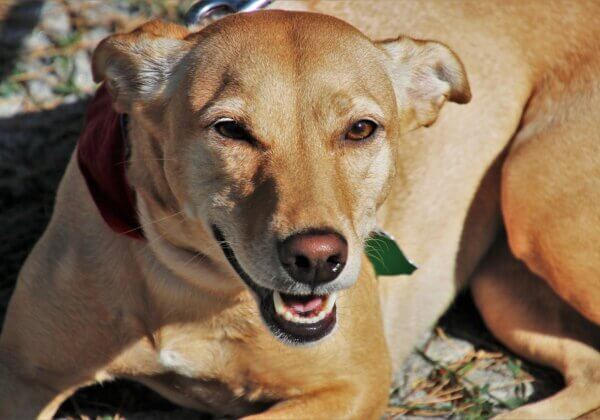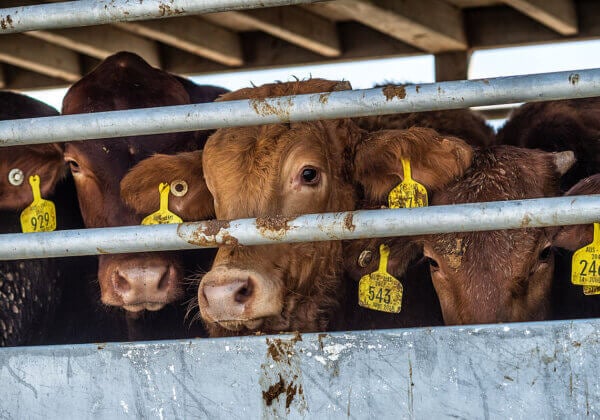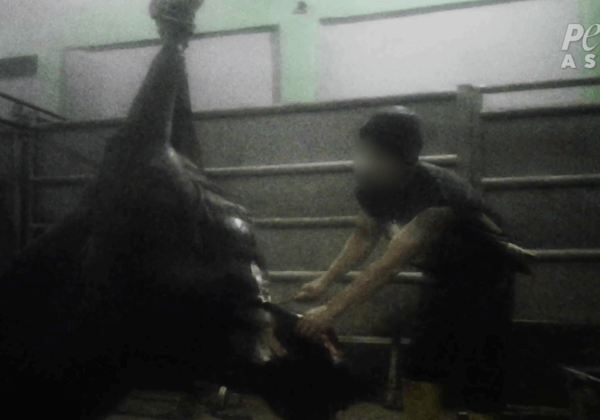Keep Animals Cool in Hot Weather
With much of the country experiencing extreme heat, I’d like to share the following tips for helping our animal companions weather the “dog days” of summer:
- Walk dogs early in the morning and late at night, when it’s cooler outside. Always test the pavement with your hand to make sure that it won’t burn your dog’s feet. Shady, grassy routes are an even better option. Offer water, take rest breaks on long walks and never make dogs run when it’s hot outside.
- Keep animals indoors and not in confined spaces, with the air conditioning and/or fans running. Have plenty of fresh, cool water available at all times. Freeze vegetarian gravy or broth in ice-cube trays as a cooling treat.
- Never leave an animal in a parked vehicle, even for a moment. On a 30-degree day, the temperature inside a car can reach 54 degrees in just minutes. Even with the windows partially open, animals can die of heatstroke in minutes.
- If you see a dog in a car and in distress, take down the car’s colour, model, make and license-plate number. Then have the owner paged inside nearby stores and call the local RSPCA and the police. Have someone keep an eye on the dog. If police are unresponsive or too slow and the dog’s life appears to be in imminent danger, find a witness (or several) who will back up your assessment, take steps to remove the suffering animal and then wait for authorities to arrive.
- Don’t transport animals in ute trays. This practice is dangerous, because animals can catapult out during sudden stops or choke if they jump out while they’re tied up, but the heat brings the added danger of burning the dog’s feet on the hot metal.
- Ensure that animals who are left outdoors have water, shelter and shade all day long (and remember that the sun shifts). Provide water and notify authorities immediately if an animal lacks these necessities.
- Trim heavy-coated dogs’ fur, but leave an inch for protection against insects and sunburn. Keep an eye on areas where hair is thin, such as eyelids, ears and the nose, as they can get sunburned.
- Watch for symptoms of heatstroke – restlessness, excessive thirst, heavy panting, lethargy, lack of appetite, dark tongue, rapid heartbeat, fever, vomiting and lack of coordination. If you see a dog exhibiting some or most of these symptoms, get the animal into the shade immediately, and call your veterinarian. Lower the animal’s body temperature gradually by providing water to drink, applying a cold towel or ice pack to the head, neck and chest or immersing the dog in lukewarm (not cold) water.
- Provide a shallow tray of fresh water for local wildlife – they can also suffer in hot temperatures.
Posted by Jason Baker








